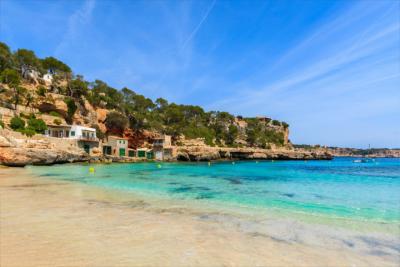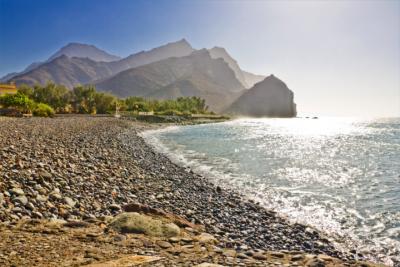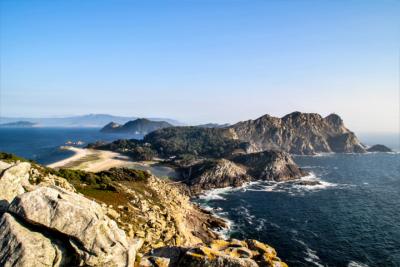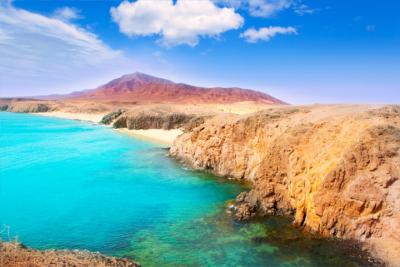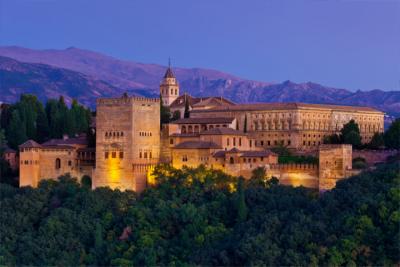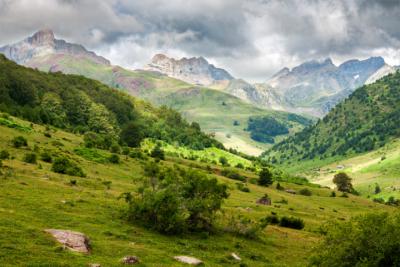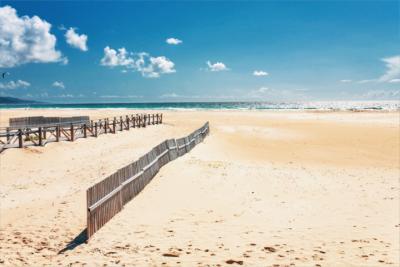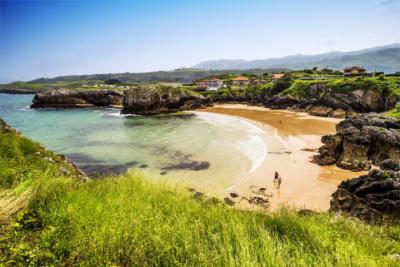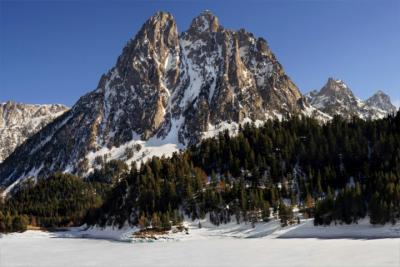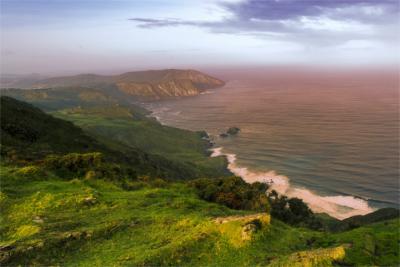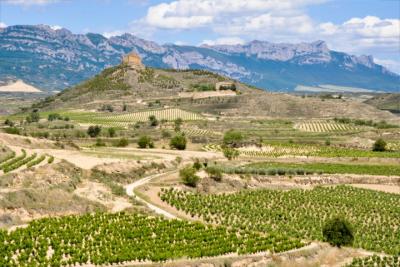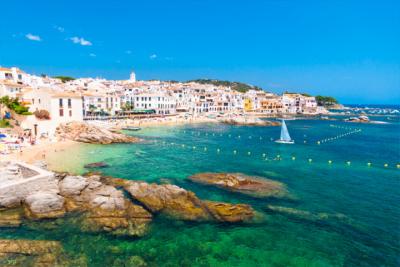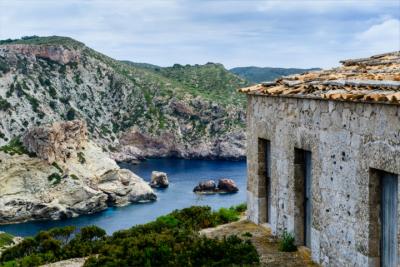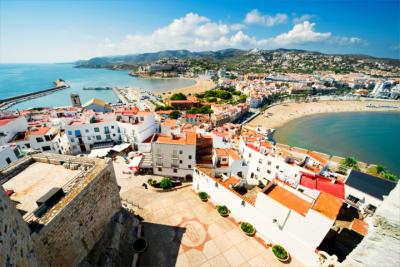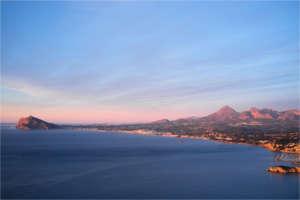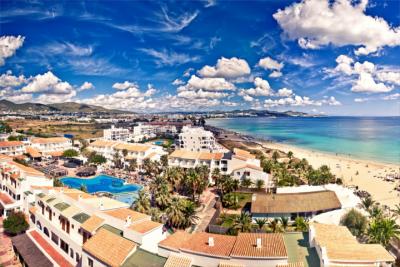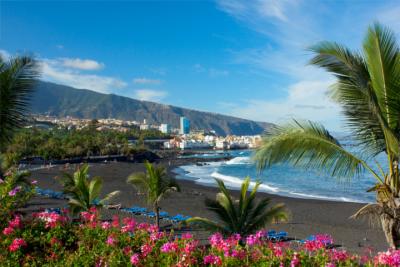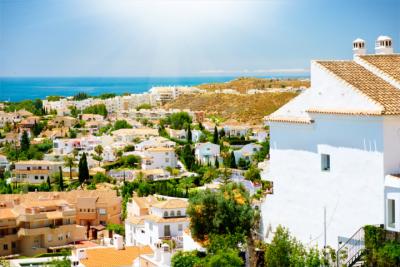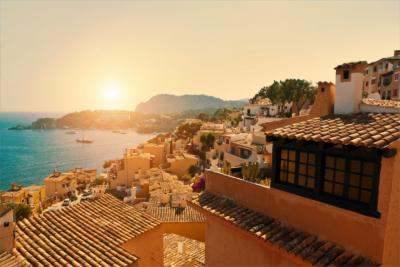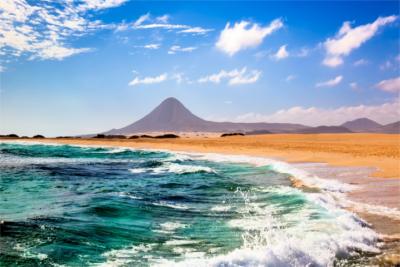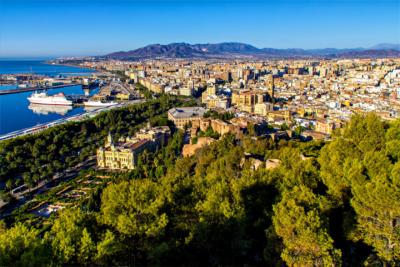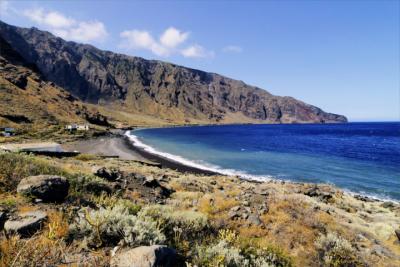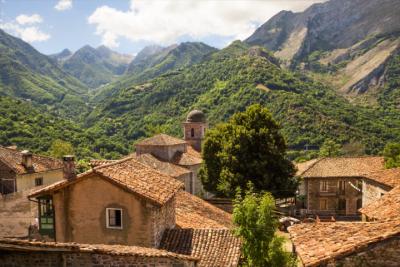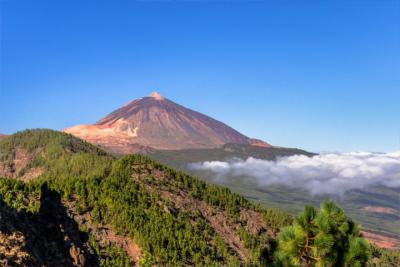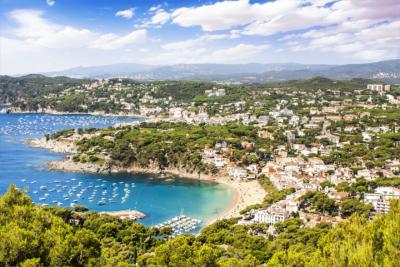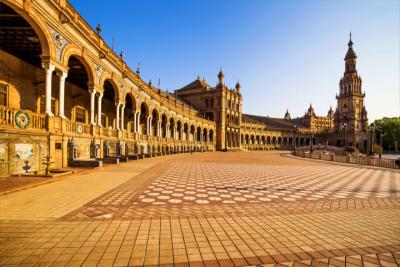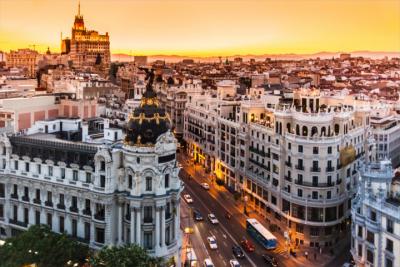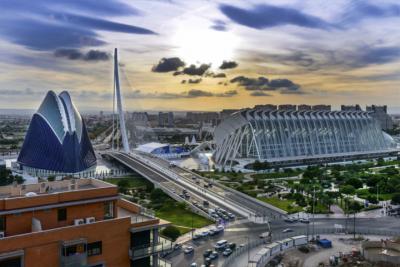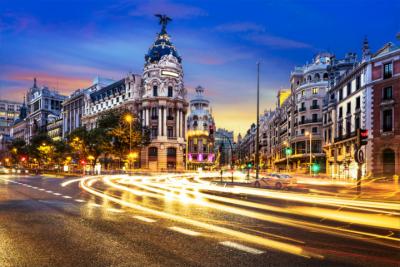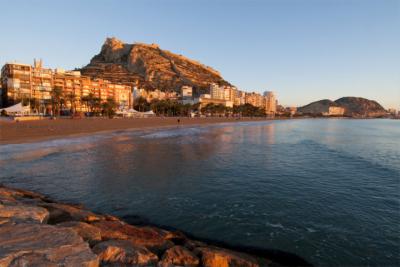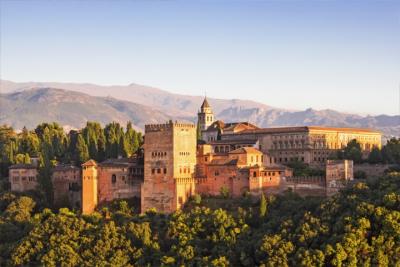Travel Offers
Travelmyne Featureprint
Distance
Navarre - Singularity and Individuality
The Spanish community Navarre goes its own way and is most of all characterised by its cultural and natural singularity. The notorious bullfighting in Pamplona is just as typical of the region as the Way of St. James, pilgrimages and impressive natural spaces.

Geography - South-west of the Pyrenees
The autonomous community Navarre lies in the north of Spain and is one of the country's smallest regions with an area of about 10,000 km². It ranges from the Pyrenees to the upper part of the Ebro Valley and borders on the French border in the north, on the regions La Rioja and Aragonia in the south and east as well as on the Basque Country in the west. Navarre's capital is Pamplona. The climate in this part of Spain has several facets. While the mountainous regions are dominated by humid climate with temperatures from 6 to 8 °C, the valleys have dry summers and relatively cold winters. In general, Navarre has a mild climate with an average yearly temperature of 15 °C.
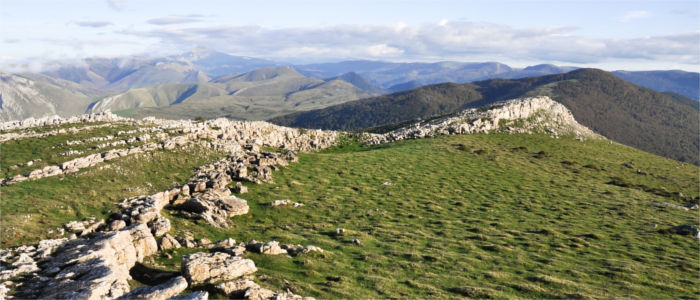
Nature - A semi-desert, the native Pyrenean landscape and the fertile Ebro valley
Navarre's natural landscape accommodates mountains, a semi-desert and wonderful valleys. A major part in the north of the region is dominated by the mountain range of the Pyrenees, which is characterised by wild and untouched nature. In the east, at the border to Aragon, you find the region's highest mountain Mesa de los Tres Reyes with 2,434 metres of height. The Pyrenees descned towards the south up to the Ebro Valley in the heartland. This transition is dominated by impressive gorges such as the Arbayún Gorge. The fertile valley landscape, on the other hand, is covered in deep oak and beech forests as well as olive and vine groves. Further south, near Castile and León and the Basque Country, you find a particularly special natural spectacle: the semi-desert Bardenas Reales, which is a protected biosphere reserve of the UNESCO. Navarre counts 50 natural parks altogether. Prominent examples are the Reserva Integral de Lizardoia and the Parque Natural de Señorio de Bértiz.

Culture - Medieval buildings and pilgrimage routes
Navarre's culture has been shaped by its geographical position and its history. In the Middle Ages, the region was an important kingdom. It emerged in the fight against the Moors in the 9th century and was isolated from the other greater Spanish kingdoms for the most part. This resulted in Navarre's cultural singularity, which is apparent from many historical buildings and towns to the present day. The town walls and the fortress "El cerco" in Artajona, the Palace of Olite, the Castle of Javier, the Monastery of Leyre, the cathedral and old town of Pamplona as well as the small medieval towns Tudela and Estella are only a few examples. A significant part of Navarre's past and present as well as of its cultural identity is the Way of St. James (Camino de Santiago). In Puente la Reina, the paths over Roncesvalles and the Aragonian town Puerto de Somport unite to create the Camio Francés, which was already mentioned in the Codex Calixtinus (Book of Saint James) in 1139. From that point on, castles, hostels, churches and monasteries were built along the pilgrimage route, which fascinates pilgrims from all over the world to the present day. One of them is the Santa María la Real de Irache near Estella, which is a former Benedictine monastery and a pilgrims' hostel from the Middle Ages. The Way of St. James as well as the industrial progress in the last 20 years and the region's sovereignty regarding tax and executive led to prosperity. In fact, Navarre's population has the highest average income in the country.

Experience - Sloe liqueur at the carnival parade
A permanent and traditional part of the life in Navarre are the pilgrimages, for example the Way of St. James or the Javierada, a pilgrimage to the Castle of Javier in March. Other special events are the Rafters' Day in Burgui-Burgi, the sabbat of witches in several towns, the carnival Joaldunak in Ituren and Zubieta as well as many renaissance fairs (e.g. in Olite). The best-known festival is Sanfermines in Pamplona. Bulls are chased through the old town to the arena of Pamplona in July every year, which does not only cause cheerfulness, brotherliness and exuberance but often also injuries. That is one of the reasons why this event is so controversial, although it has been part of Navarre's culture and tradition since 1591. The inhabitants of Navarre love eating fish and deer dishes but vegetable stews, salads and legumes are also part of the region's cuisine. A special delicacy of the Ebro Valley is asparagus. Due to the Mediterranean climate, it has a particularly high quality and has been awarded with the quality seal. Besides the many types of wine, the regional anise-sloe liqueur patxaran is a unique and world-famous regional drink.

Activities - Leisure activities in the heart of nature
Navarre's nature offers excellent conditions for a variety of leisure activities and sports. Hiking is particularly popular with many visitors. There are numerous well-signposted hiking trails in the Pyrenees such as the Vias Verdes or parts of the Way of St. James. Travellers who want to explore Navarre's heights can climb the region's highest peak Mesa de los Tres Reyes on a guided mountain hike. Other popular outdoor activities, during which you can marvel at Navarre's breathtaking nature, are mountaineering, kayaking, fishing, paragliding, cycling, mountain biking or ballooning. In winter, travellers can explore the landscape of the Pyrenees on a pair of skis. In addition, there are three high-class golf courses in the region.

Information
Besides Spanish, Basque is an official language in many parts of the region. You can reach Navarre on regional and national roads by bus or by train. Pamplona Airport is about six kilometres away from the city and offers flights to Madrid and Barcelona, for example.
Holidays in Navarre are ideal for travellers who love pure nature and individuality. The region is also the right destination for visitors who do not care for clichés about Spain but want to gain new experience and impressions.


